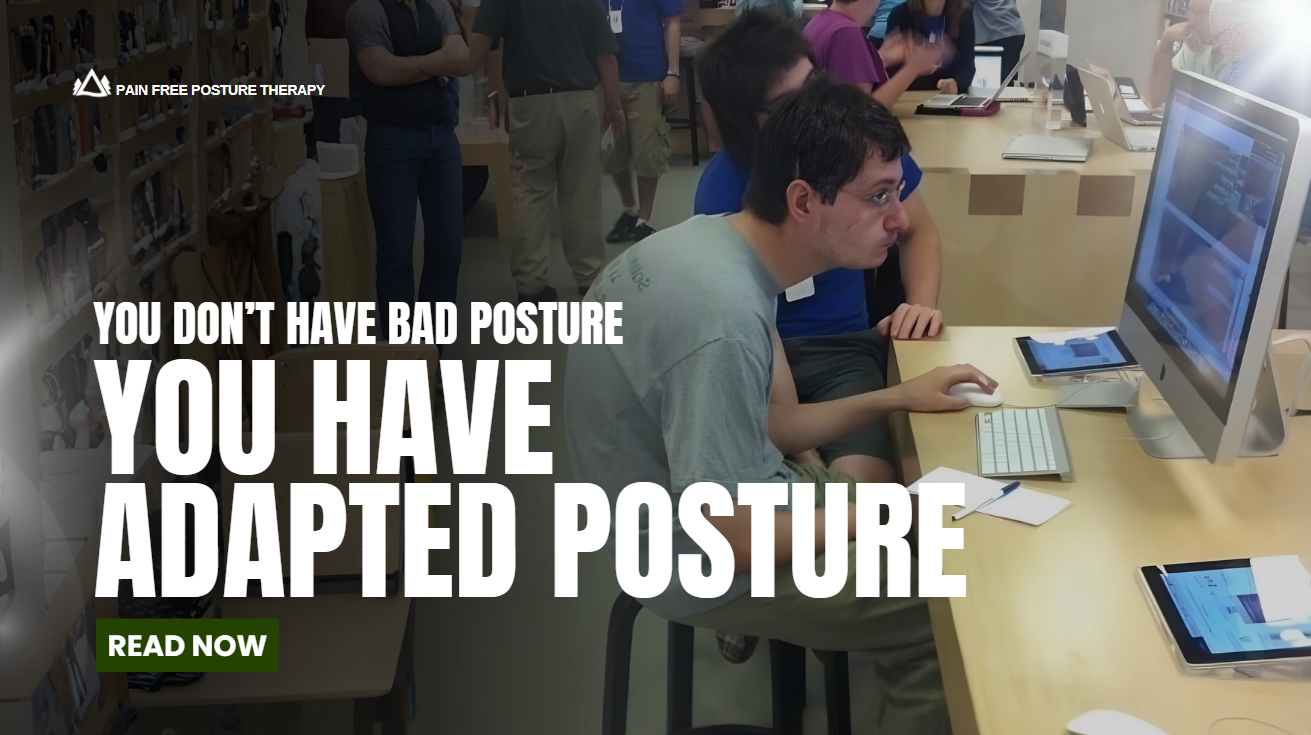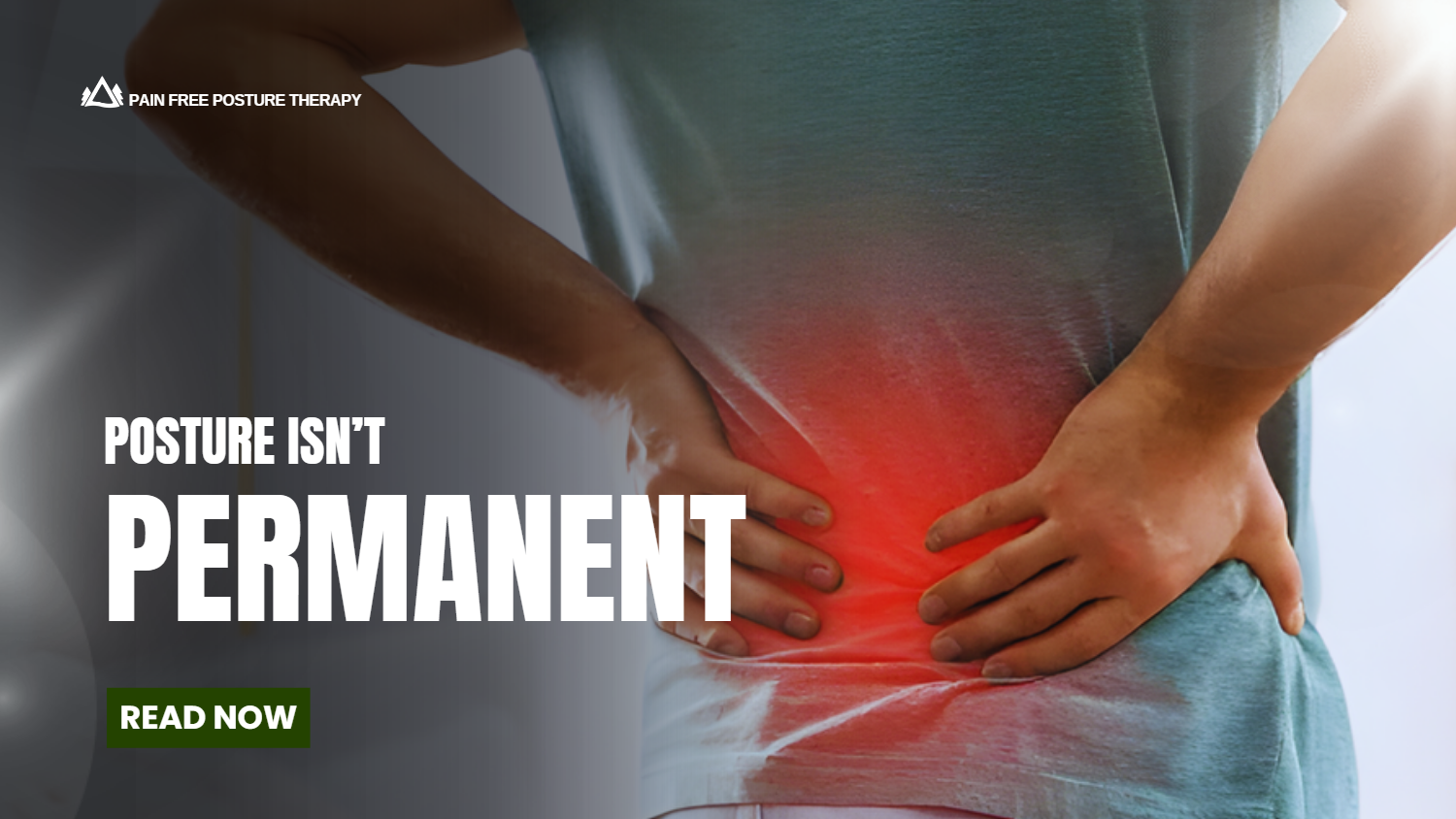Work Smarter, Not Harder
We all want to see results from our posture therapy routines. In an effort to get better faster, it can be tempting to workout as hard as you can, pushing yourself beyond the point of pain and exhaustion. However, working harder does not guarantee better results.
Pain, injury, and compensation are a result of uneven muscular development and strength. If you exercise as hard as you can, your body will fall back into its old compensation patterns and continue to recruit the wrong muscle groups.
It takes time to develop muscular balance and re-train your body to move within a proper range of motion. Working smarter and not harder means feeling the symmetrical work of your muscles, without compensation coming into play. This may be difficult at first, but creating balanced muscular function is the best way to build a strong postural foundation!
Try going slower, spacing out your sets and reps, and focus on working symmetrically side to side during each exercise. Focusing on your form and moving mindfully is the fastest way to achieve your goals.
Have questions about which exercises are the most appropriate for you? Email us at info@painfreeposture.net !
Serving Colorado from our centrally located office in Westminster and seeing clients from Fort Collins to Colorado Springs, Denver and Boulder, we can also help globally via WebCam such as Zoom or FaceTime.
Anu Lawrence owned Egoscue Method clinics for over a decade before moving to private practice in 2022 and is a certified master instructor in the Egoscue Method, having learned the craft from Pete Egoscue directly.


